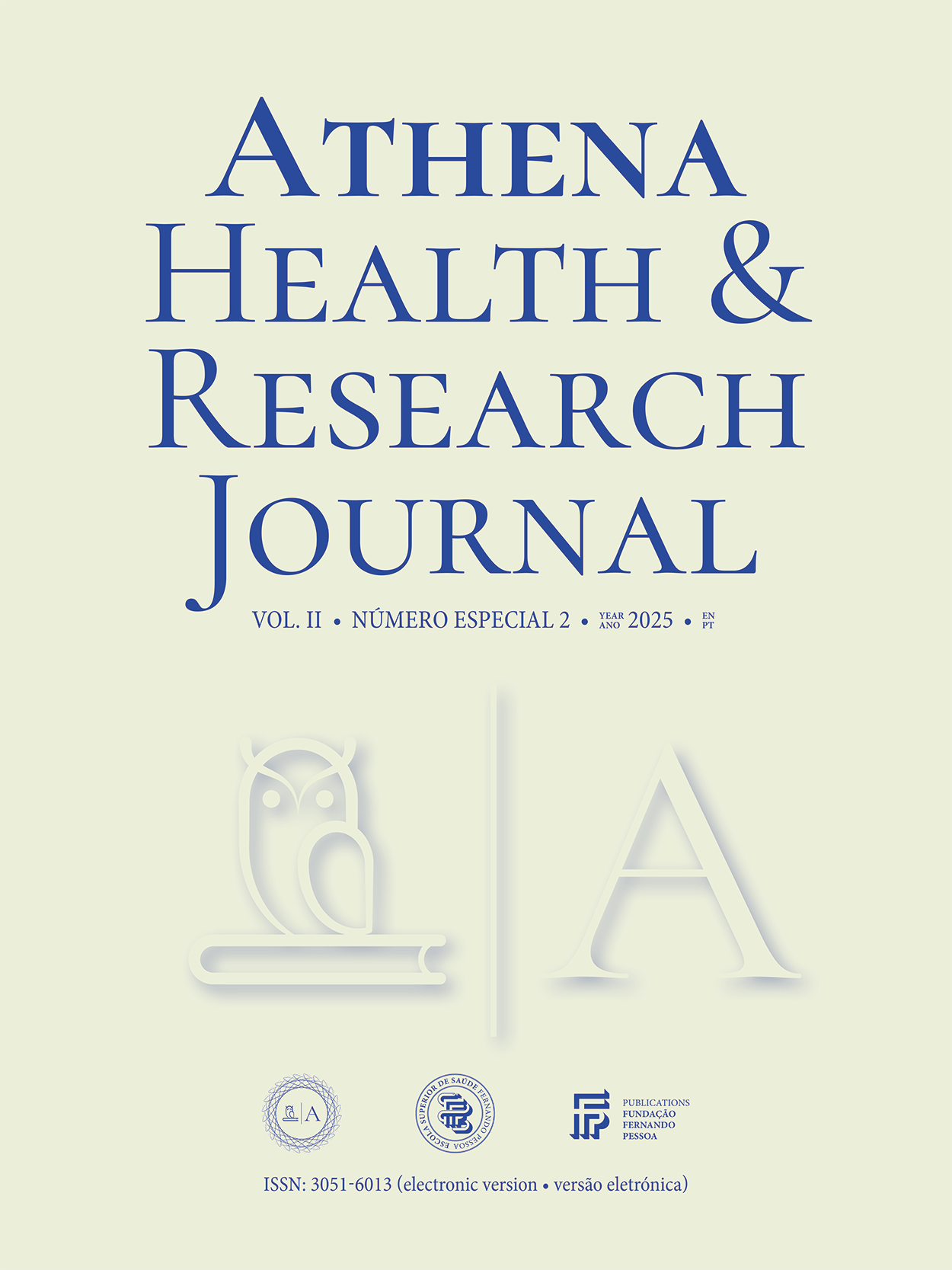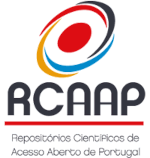Ethics and deontology in facial harmonization and orofacial therapeutics: listening to decide
DOI:
https://doi.org/10.62741/ahrj.v2iSuppl.%202.102Keywords:
ethics and deontology, orofacial harmonization, dental medicine, questionnaireAbstract
Introduction: Orofacial harmonization and therapeutics is currently distinguished as an area closely connected with Dental Medicine and structured around the application of clinical procedures, aiming to promote both aesthetic and functional balance. The principles of ethics and deontology inherent to health theories and practices apply to orofacial harmonization and therapeutics and encompass concepts designed to ensure patient well-being. It is crucial that professionals possess up-to-date and detailed knowledge, perform comprehensive and individualized clinical assessments, prioritize ethics and deontology, and inform patients about the risks and benefits of each procedure.
Objective: This study aimed to describe the phases involved in constructing a questionnaire for Dentists and 5th-year students of the Integrated Master’s in Dental Medicine, to explore concerns regarding ethics and deontology related to the clinical practice of orofacial harmonization and therapeutics.
Methodology: This research is based on the development of a Measurement Instrument directed at Dentists (Portugal) / Dental Surgeons (Brazil) and final-year students of the Integrated Master’s in Dental Medicine (Portugal) / Dentistry (Brazil), addressing ethics and deontology and Professional Practice in orofacial harmonization and therapeutics. Initially, the construct and the dimensions to be assessed were defined, followed by the development of a set of items and the type of scale to be used for evaluation. A content analysis was conducted with recognized experts in this field, who provided feedback on dimensions, item formulation, comprehensibility of the instrument’s questions, degree of pertinence, relevance, and the scales used. The questions comprising the “ethics and deontology” dimension of the questionnaire, already submitted and approved by the Ethics Committee, are presented. A new landmark, the Jowl point (Jw), was determined by palpation of the anterior portion of the masseter and the position of the mandibular ligament. The lowest point between these two structures was defined as Jw. Based on the cutaneous cephalometric points gonion (Go’) and menton (Me’), a new angle (Go’-Jw-Me’) was proposed to measure jowl ptosis. Statistical analysis was performed in Excel, considering mean, standard deviation, minimum, and maximum values.
Results: The finalized measurement instrument includes a total of 17 questions in the “ethics and deontology” dimension. The topics addressed are: photographic documentation in orofacial harmonization and therapeutics; videographic documentation in orofacial harmonization and therapeutics; dissemination of patient information in orofacial harmonization and therapeutics; advertising in orofacial harmonization and therapeutics; commercial pressure in orofacial harmonization and therapeutics; inclusion of procedures in the Dental Council’s nomenclature table; regulation in orofacial harmonization and therapeutics; clinical practice in orofacial harmonization and therapeutics; training in orofacial harmonization and therapeutics; integration in multidisciplinary teams; medico-legal consequences in orofacial harmonization and therapeutics.
Discussion: Exploring the perspectives of orofacial harmonization and therapeutics professionals in the context of ethics and deontology is essential today. As the number of new professionals and knowledge in this area rapidly increases, adhering to principles and values that guide professional behavior and respect autonomy, beneficence, non-maleficence, and justice is fundamental.
Conclusions: The formalization of rules and duties regulating the practice of this area and establishing standards of conduct and professional practice guidelines can be strongly complemented by the perception of those practicing orofacial harmonization and therapeutics. The administration of the constructed questionnaire presented here may assist in decision-making and regulation in this field.
References
NA
Downloads
Published
Issue
Section
License
Copyright (c) 2025 Athena Health & Research Journal

This work is licensed under a Creative Commons Attribution-NonCommercial 4.0 International License.
Copyright of published papers is assigned to the Journal, but all content is licensed under the terms of Creative Commons Non-comercial 4.0 International License. Thus users are allowed to read, download, copy, distribute, print, search, or link to the full texts of the articles, or use them for any other lawful purpose, without asking prior permission from the publisher or the author. This is in accordance with the BOAI definition of open access.














